When a stroke strikes the brain, neurons die. But danger lingers for days afterward, as low oxygen in the area of the stroke threatens surviving brain cells. Researchers using a world-record magnetic resonance imaging (MRI) machine at the National MagLab have been developing a way to save them.
The technique involves using adult stem cells retrieved from outside the brain, treating them to promote healing and growth, then sending them through the blood to the site of the stroke.
Sam Grant, a MagLab bioengineer and associate professor at the FAMU-FSU College of Engineering, has been collaborating on the effort with colleagues from his college as well as from the University of South Florida and Tulane University. By labeling the stem cells with contrast agents, the team can track where they go in the brain and how long they stay. Once cells arrive at the stroke lesion, their job is to secrete proteins that will stimulate healing.
“The stem cells reduce inflammation, open blood vessels and create a healthy environment for neural progenitor cells that are going to become neurons,” Grant explained. The researchers then assess how well the brain’s metabolism and sodium levels have recovered.
It's cutting-edge and potentially life-saving stuff. Learn more about it in the "science strip" below as Capt. Research and his team come to the rescue of endangered brain cells. Then, to dig deeper into the science, read this article from the October 2019 issue of Cytotherapy.
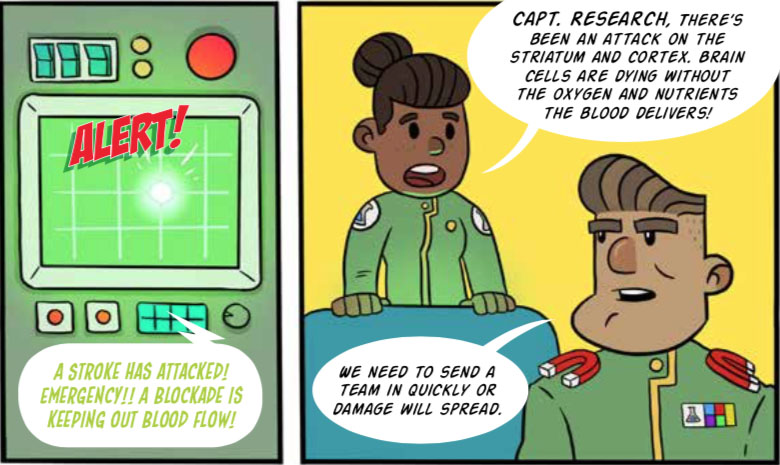
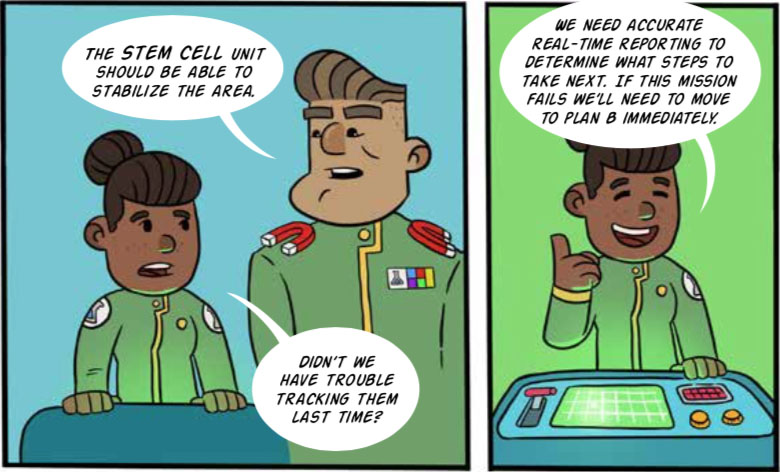
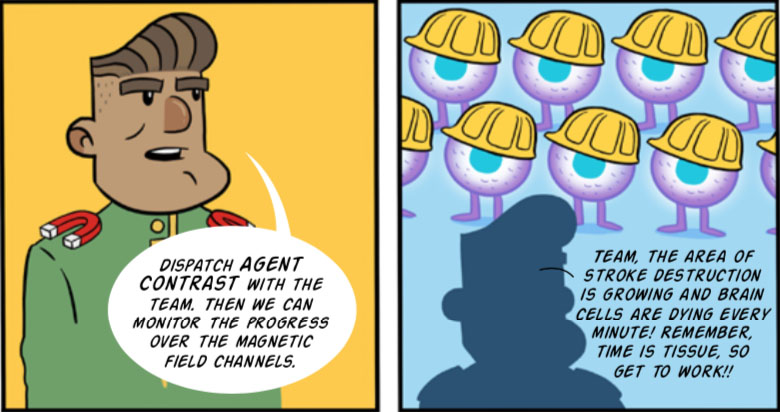
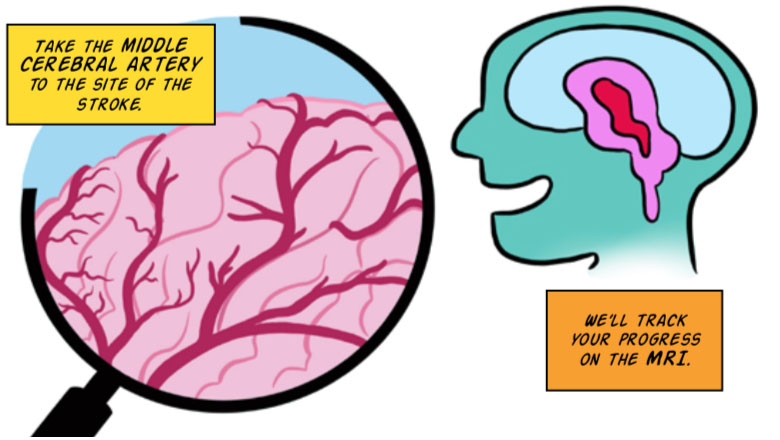

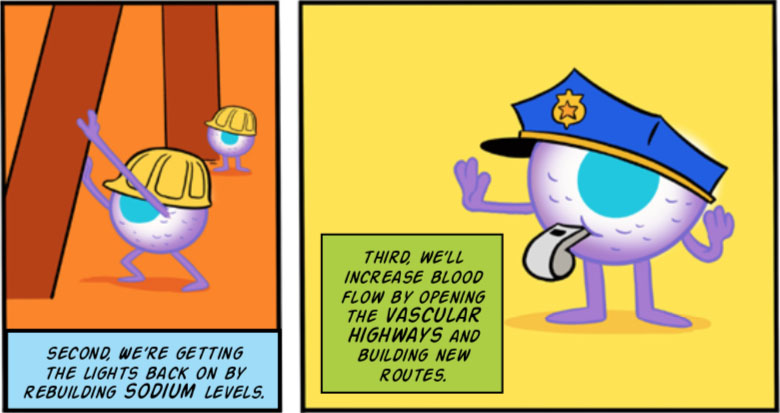
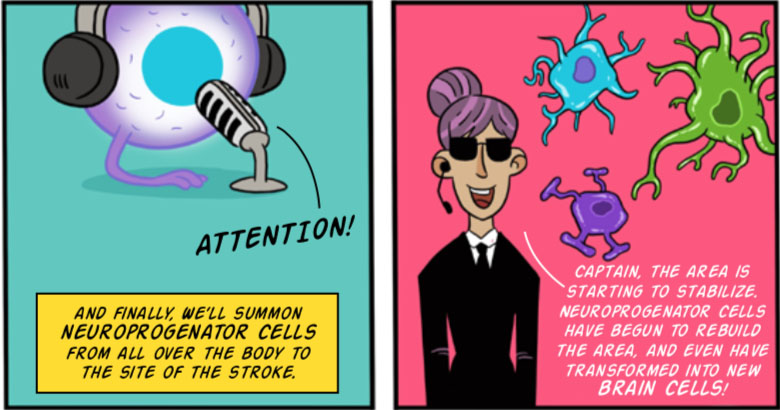

Written by Caroline McNiel, Illustrated by Marc Thomas